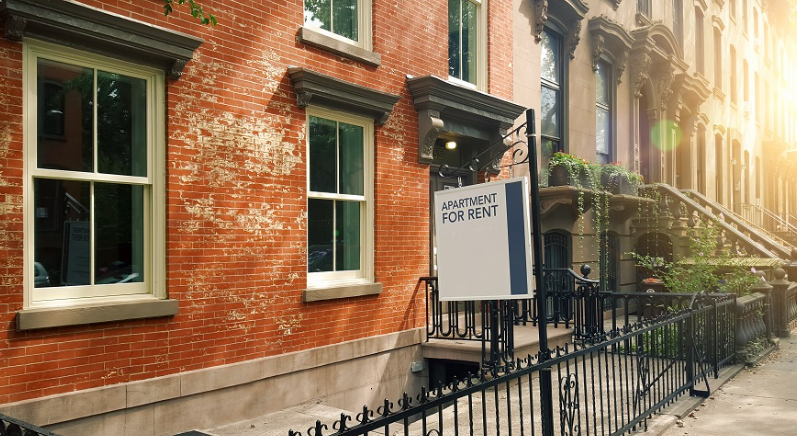Rents Still High But Landlords Offering Concessions
Earlier this year, in August, the median U.S. asking rent was $2,052, just $ 2 below the record high as per the Redfin Report. It increased slowly to 0.7% month by month; in July, the average asking rent was $2,038.
In a few cases, those increased rents are “On paper” because owners offer single-time concessions to attract tenets. It means that rents are decreasing in some areas despite not appearing in asking-rent data. Redfin CEO Jon Ziglar said, Last year, you did not see concessions in the market; fast forward to today, they are more familiar with owners offering three months to one free to attract new tenants without lowering their asking rent. High-end properties develop pressure in particular markets as many new units coming online are in the luxury segment. He adds, “We are still seeing a lot of competition for more affordable units due to less new supply.”
In some areas, owners increase rents for existing tenants but not new ones to support returns without scaring prospective renters. In the pandemic years, the rapid rise in rent has largely faded. In August 2022, for instance, the median asking rent increased 12.3% yearly. The rent growth was delayed in the past year due to household formation, economic uncertainty, affordability challenges, and rental supply increases. Completed residential building projects with five or more units rose 28.9% yearly in the second quarter, which is why owners are given more vacancies to fill and less leeway to increase rates. In the second quarter, the national rental vacancy rate was 6.3%, up from 5.6% a year earlier; that’s just shy of the first quarter’s 6.4%, which was the highest in the two years.
Rent rates slightly change in South
Rents in the Southern areas, including Florida, remained stable in August, with 0.3% to 1,673- though its first decline since 2020. In the West, the median asking rent dropped 1.1% yearly to $2,469. By comparison, asking rents rose 4.6% yearly to record $1,434 in the Midwest, and the Northwest climbed 1.2% to $2,509. The rental market slowed quickly in South & West because those markets saw outsized rents boosted during the pandemic. Rents skyrocketed as people flooded into Sun Belt cities, including Miami, Phoenix & Dallas. Once the rental craze slowed, rent in those areas had more room to drop. The West has also been disproportionately affected by dismissal in the technology sector, which may contribute to its soft rental market. While rents in the South & West have been relatively stagnant, these areas’ rental markets have begun to stabilize in recent months as the consequence of the pandemic price smash move further into the rearview mirror and layoff ease.


